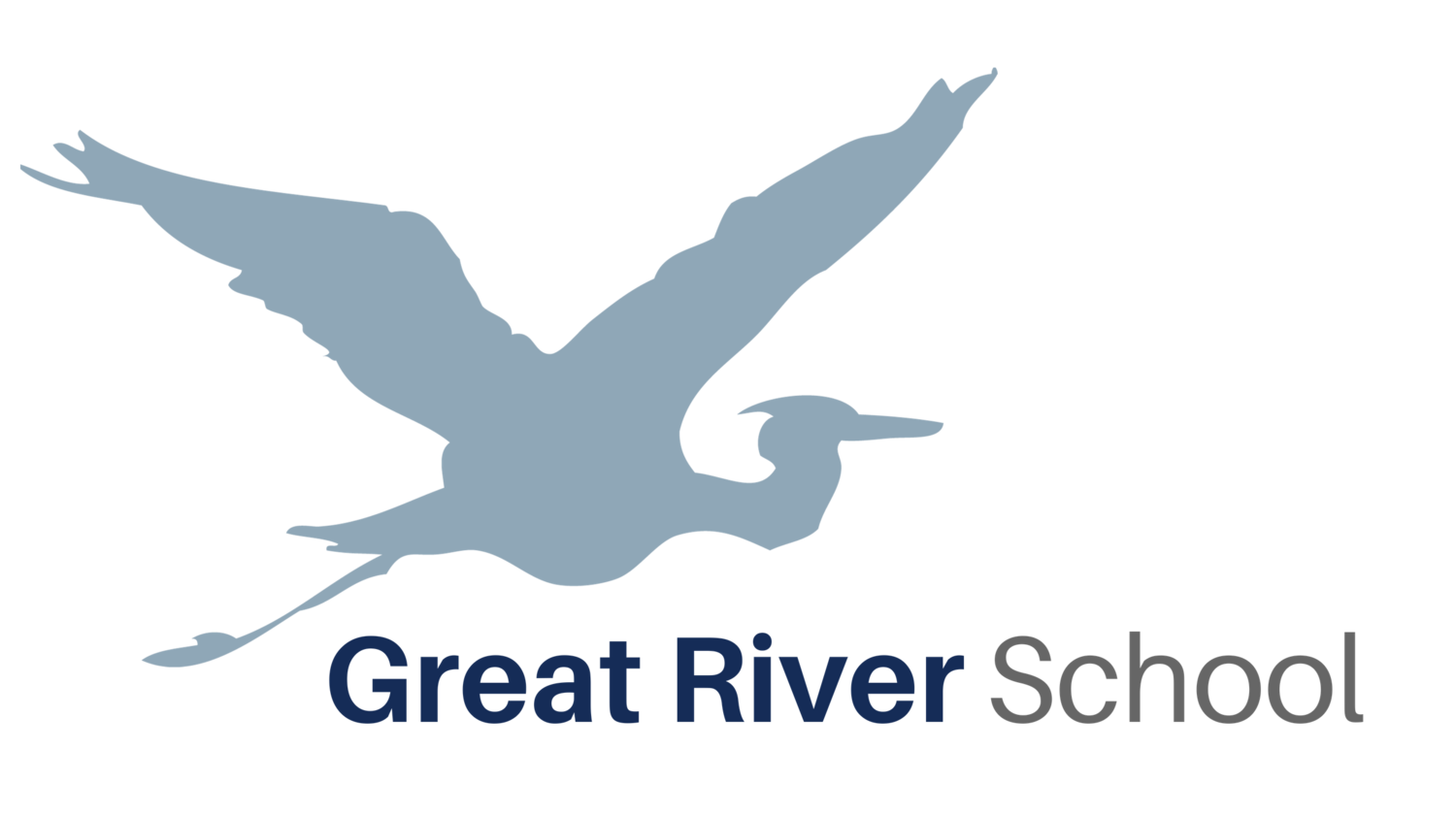written by Meggie Exner, Swan River Guide
Big work is work that takes up a lot of time or physical space to create. Elementary children in particular are attracted to the challenge of big work. While guides suggest ideas for follow-on after lessons, children are given the freedom to choose how they would like to integrate, practice, or further their understanding of what they have learned - and often what they choose far exceeds our expectations.
Big work appeals to elementary children and supports their learning for several reasons. Children of this age are especially interested in group work. Big work provides an excellent opportunity for children to collaborate in a meaningful way and practice the social skills needed to come to group decisions. Big work also is a source of inspiration and because Montessori classrooms consist of mixed age groups, every child throughout their elementary career will have two opportunities to be be among the youngest in the class, looking up to and being inspired by older children, as well as two opportunities to be among the oldest, providing that inspiration and mentorship to others. Ultimately, big work is a source of pride and confidence and is a way for children to practice pursuing their interests without constraints.
A group of Swan 6th year students work on the elevation and biome maps of their imaginary islands as part of their Imaginary Island Project, a semester-long capstone project completed in the last year of upper elementary.
Photo credit: Meggie Exner
While big work can emerge at any time as an offshoot from a lesson or an individual’s personal interest, the Upper Elementary program weaves big work into part of our classroom culture with some of our annual big projects. In the fall, all 6th years worked on their Imaginary Island projects. Imaginary Island is a summative big work during which children come up with their own imaginary island after researching an existing reference island in detail. As children consider the climate and biomes of their island, what imaginary flora and fauna might live there, and how people might have migrated to their island, they draw on their geography, biology, and history work from their previous years in the elementary program. This spring, all upper elementary children will be pursuing a big work centered around Minnesota history to be shared with families during our end-of-the-year workshare. We have been thrilled to watch the children delve into these projects with enthusiasm, deepening their understanding while modeling the joys of learning with others.


